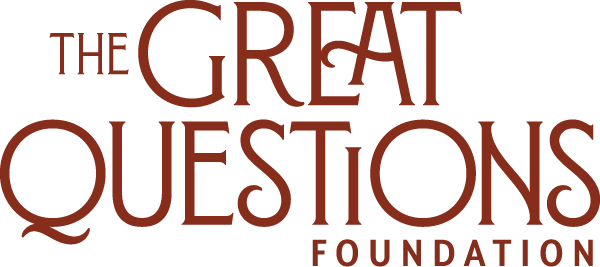Because if you can divide reality inexhaustibly into parts…the result is insupportable paradox. You are always still, you move nowhere, there is no progress.
But multiplicity is no illusion. Nor is the speed with which those-in-the-simmering-melting-pot are dashing toward it….Yeah, Zeno had an angle. He wanted the One, but the world is Many….Likewise, the brothers will race toward the future only to find they more and more eloquently express their past…Because that is the other thing about immigrants (‘fugees, émigrés, travelers): they cannot escape their history any more than you yourself can lose your shadow. (385)
Zadie Smith
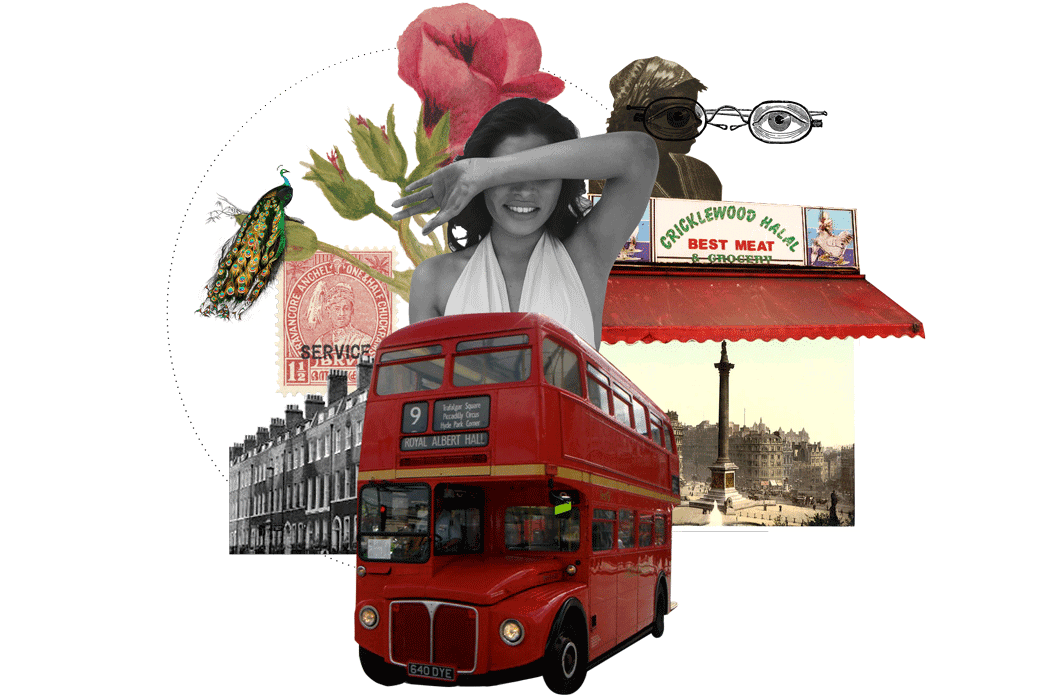
White Teeth
Zadie Smith
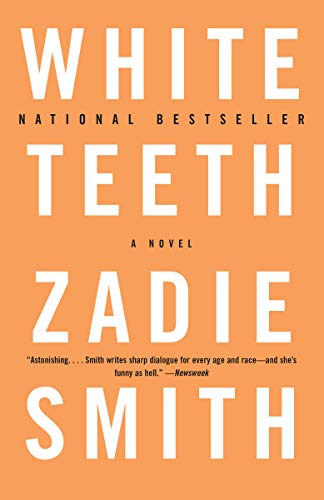
Zadie Smith, White Teeth, Vintage International, New York
White Teeth is about the one and the many, the inseparability of the one from the many and the many from the one.
White Teeth is about the one and the many, the inseparability of the one from the many and the many from the one. It’s a narrative about paradox and about balance. There are multiple tensions within the novel that begin in the tangled relationships between the characters. The story begins in the friendship forged during World War II between Archie Jones, a white Englishman, and Samad Iqbal, a Bengali and later an immigrant to England. From there, the Jones and Iqbal families intertwine. These families include the marriage between Archie and Clara Bowden, the rebellious daughter of a (half-white-English) Jamaican-immigrant-Jehovah’s Witness, as well as Archie and Clara’s daughter Irie, who at the end of the novel gives birth to a child whose father is either Millat Iqbal or Magid Iqbal, the identical twin sons of Samad and Alsana Iqbal.
Smith looks directly at issues like the feelings of dissolution faced by immigrants and those considered “multicultural.” The narrator, for example, reflects, “But it makes an immigrant laugh to hear the fears of the nationalist, scared of infection, penetration, miscegenation, when this is small fry, peanuts, compared to what the immigrant fears—dissolution, disappearance” (272). The text goes on to consider what wakes the no-nonsense Alsana Iqbal up at night: “visions of Millat (genetically BB; where B stands for Bengaliness) marrying someone called Sarah (aa, where a stands for Aryan), resulting in a child called Michael (Ba), who in turn marries somebody called Lucy (aa), leaving Alsana with a legacy of unrecognizable great-grandchildren (Aaaaaaaa!)” (272). But grasping to one’s cultural roots is also not a successful tactic in the novel, as demonstrated by Alsana’s husband Samad, nor is sending their son Magid back to Bengal for his secondary education the answer to maintaining the “Bengaliness” of their sons, as Magid becomes aligned with science and Millat, who stays in London, aligns with radical Islam. Both their identities are a result of their being both British and Bengali, both Western and Eastern.
In the character of Irie Jones, we see the struggle between both white and not white written into her DNA. She struggles to find a way between the inescapability of her roots and the necessary tools for moving forward from the many paradoxes in the novel. As a high school student, Irie observes, “there was England, a gigantic mirror, and there was Irie, without reflection. A stranger in a strange land” (222). Her desire to attain the cultural ideal of beauty leads her into P.K.’s Afro Hair: Design and Management (owned by Mr. Paul King, “a big white guy; in his mid-fifties” (232)) for hair straightening. The women in the salon coo over Irie’s soft curls but Irie doesn’t know the drill: come with dirty hair, and she pays the price in pain. Her desire for straight hair leads her to Roshi’s Haircare (which sells “Natural Thai…Natural Pakistani…Natural Chinese” hair (233)). Here Irie sees an older woman in a sari haggling over the price she will pay for the hair of “an Indian girl whose hair had been shorn haphazardly close to the scalp…Irie saw hot tears, not unlike her own, spring to the girl’s eyes” (233). Of all three children, Irie finds a way to embrace her roots—in the character of her Jamaican-born, half-white, Jehovah’s Witness grandmother, Hortense Bowden, and the white, British-born world exemplified in the Chalfen family. The end of the novel sees Irie in Jamacia with Josh Chalfen and her grandmother Hortense, bearing a child who is black, white and Bengali, the grandchild Alsana had feared but had not predicted.
Why This Text is Transformative?
Smith tackles major issues around race, culture, history and the influence of science and religion with humor and humanity.
Smith tackles major issues around race, culture, history and the influence of science and religion with humor and humanity. There are many questions and few answers in the novel. Through her characters and their complicated histories, Smith explores the tensions between 1) the roots of history and the idealistic dream of a multicultural melting pot; 2) cosmopolitanism and patriotism; 3) science and religion; 4) idealized beauty and self-identity; 5) eugenics and genetic engineering. The story is told through multiple perspectives in both the first and second generations of the novel. It is at once funny, satirical and earnest. Smith has an ear for language and sharp observations of human desire, fear and motivation.
A Focused Selection
Study Questions
Chapters 7-9 (p. 135-201)
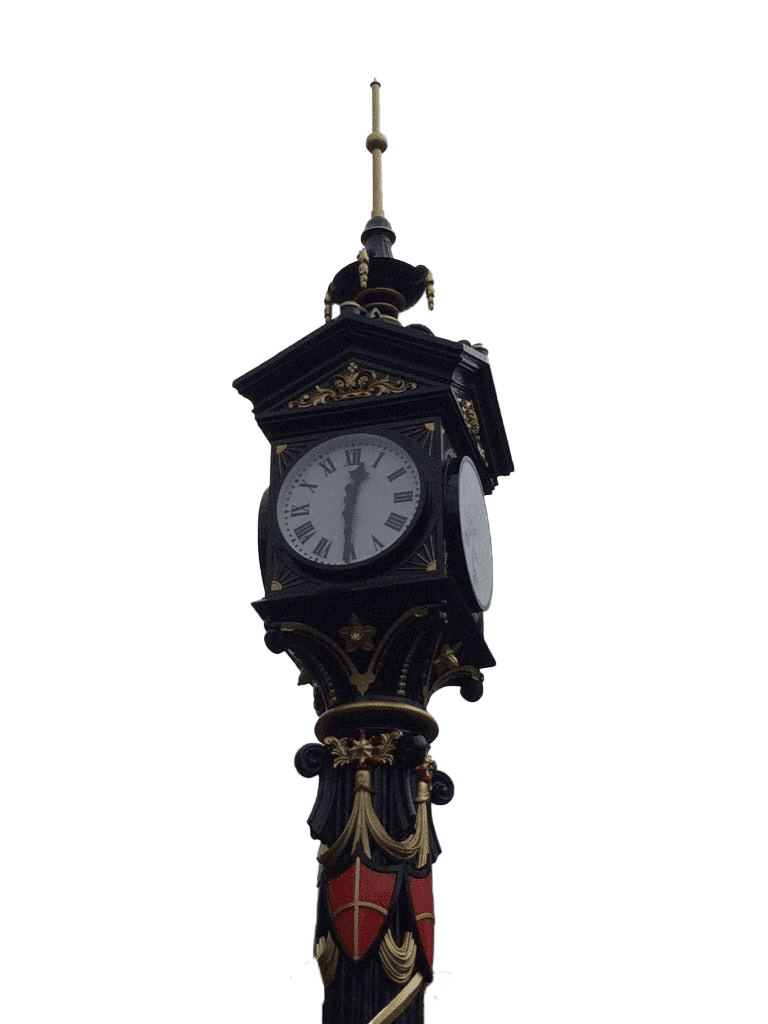
Chapter 7
How would you describe the meeting between Mr. J.P. Hamilton and Millat, Magid and Irie? What assumptions do they make about each other? What are those assumptions based on? When have you met a person and made assumptions about them beforehand? What were your assumptions based on? How did the meeting play out?
Mr. Hamilton says that wisdom teeth “are the only part of the body that a man must grow into” (145). He is speaking literally, but we can read them metaphorically as well. Are the adults in the novel acting wisely? What would pass as wisdom so far in the novel?
What truth is Mad Mary speaking to Samad? What truth does Samad speak back to her? Do you agree with Samad in the paragraph that begins, “We are a split people” (150)? Are Samad’s ideas here wise? Or are they another perspective in a novel with many complicated perspectives?
Samad in this section feels connected to his great-grandfather Mangal Pande. He is empowered by his roots. Are there other sections in the novel when Samad’s connection to his roots limits him?
Chapter 8
Read the description of O’Connell’s on pages 153-154. What are the defining characteristics of O’Connell’s? In what ways does this space enact the sense of tangled roots that Smith has been dealing with in the novel? What do the spaces that feel most like home to you tell you about your relationship to your history and identity?
What is your response to Samad’s idea to send one son back to Bangladesh? What are Samad’s reasons for making this decision? What are his expectations of the outcome? What impact do his own choices with Poppy Burt-Jones have on this decision?
Was Shiva right about the reasons that Samad’s relationship with Poppy Burt-Jones could not work? Is it the tangled roots of history? How does Poppy’s relationship to that history differ from Samad’s?
Chapter 9
What wisdom does Alsana gain when she discovers that Samad has sent Magid back to Bangladesh? How does she respond to Samad? Is her response one you would expect?
What is Millat’s response to Magid’s departure? In what ways does Millat’s life change? What stays the same for him?
The chapter ends with Irie standing up to Samad. What is that nature of her disagreement with him? What do we see happening to the children of this second generation? How is your relationship to history and identity different from your parents’ generation?
Building Bridges
A Recommended Pairing
Audre Lorde
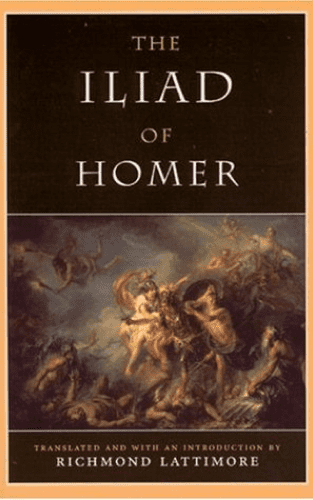
White Teeth can pair well with other texts that explore the construction of racial, national and cultural identity, as well as texts that examine post-colonialism and the relationship between colonizer and colonized. Examples include Things Fall Apart, Invisible Man, The Souls of Black Folk and the poems of Audre Lorde.
Dubliners
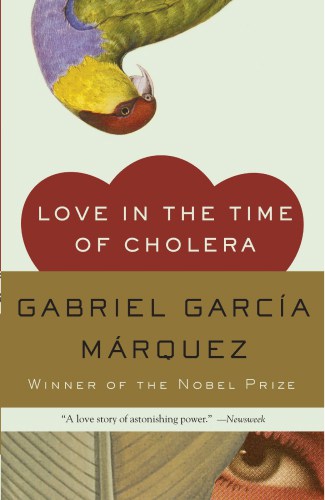
For a comparison of tone, White Teeth can be paired with Dubliners. Both Smith and Joyce examine the influence of English identity on non-English subjects. Whereas Smith’s tone is ironic and humorous as she focuses on movement and change, Joyce’s is darker with his focus on stasis and paralysis.
Supplemental Resources
White Teeth on Netflix
Episode 1
Episode 2
Episode 3
Episode 4
Interview with Zadie Smith (on pride, shame, rage)
White Teeth on Netflix
Updated looks at White Teeth 20 years later (2020)
Text Mapping
Discipline Mapping
English/Composition Studies
Humanities
Sociology
Page Contributor



